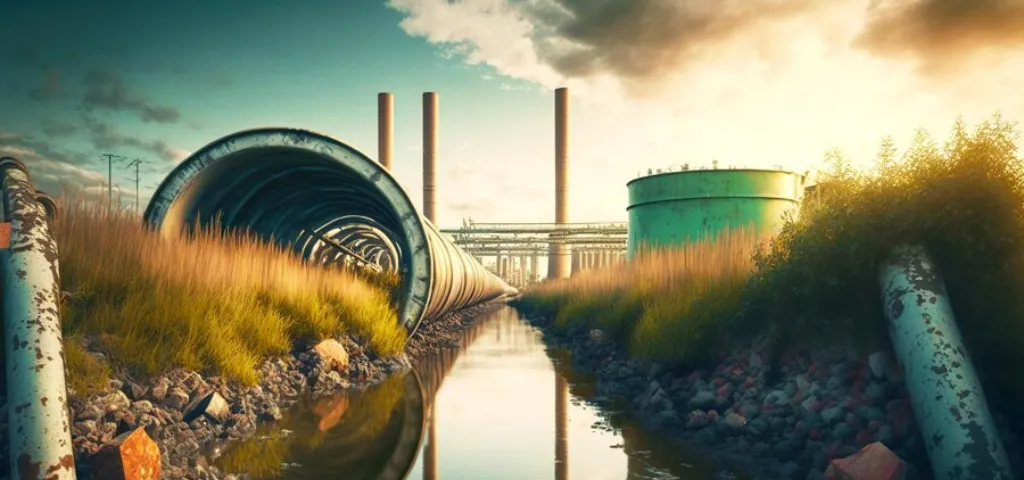In the face of increasing environmental concerns and the imperative to combat climate change, industries across the globe are reevaluating their operations to align with more sustainable practices. Among these, the oil and gas sector, traditionally viewed as a major contributor to carbon emissions and resource depletion, is undergoing a transformative shift towards embracing the circular economy. By redefining its processes, reducing waste, and innovating towards a circular model, the industry aims not just for profitability but for sustainability and environmental stewardship.
The Traditional Linear Model vs. Circular Economy Approach
The conventional oil and gas industry has largely operated within a linear model – extract, process, utilize, discard. This linear system often leads to massive waste generation, resource depletion, and environmental degradation. However, the circular economy introduces a paradigm shift by promoting the reuse, repurposing, recycling, and regeneration of materials and resources. This approach minimizes waste, reduces the consumption of raw materials, and fosters a more sustainable cycle of production and consumption.
Key Pillars of Integration
1. Resource Efficiency and Waste Reduction
One of the primary goals of transitioning towards a circular economy in the oil and gas sector is to optimize resource utilization and minimize waste. Advanced technologies and practices are being developed to enhance the efficiency of extraction, refining, and distribution processes. Additionally, innovative solutions like using captured carbon emissions for enhanced oil recovery or converting waste materials into usable products demonstrate the industry’s commitment to waste reduction.
2. Energy Transition and Diversification
Recognizing the pressing need to shift from fossil fuels towards cleaner energy sources, the industry is investing in renewable energy technologies. Many oil and gas companies are diversifying their portfolios to include wind, solar, and hydrogen energy projects. These steps not only reduce reliance on non-renewable resources but also contribute to a more sustainable energy future.
3. Embracing Technological Advancements
Innovation plays a pivotal role in enabling the oil and gas sector to integrate circular economy principles. Advancements in data analytics, artificial intelligence, and automation are optimizing operations, reducing environmental impact, and enhancing safety standards. Additionally, digitalization facilitates better monitoring and management of resources, enabling a more efficient use of materials throughout the supply chain.
4. Collaboration and Stakeholder Engagement
Transitioning towards a circular economy necessitates collaboration among various stakeholders. Governments, industries, academia, and communities need to work hand-in-hand to develop policies, share knowledge, and invest in research and development. Such collaborations foster a conducive environment for sustainable practices to thrive.
Challenges and Future Outlook
Despite the strides made, several challenges persist in fully integrating the circular economy into the oil and gas sector. These include technological barriers, regulatory complexities, economic viability concerns, and the need for a shift in the industry’s mindset.
However, the future outlook remains promising. Many oil and gas companies are increasingly recognizing the economic benefits and long-term viability of adopting circular principles. Moreover, heightened public awareness and pressure to mitigate climate change are steering the industry towards a more sustainable path.
Conclusion
The oil and gas sector’s commitment to embracing the circular economy signifies a monumental shift towards sustainable practices. By redefining its operational strategies, minimizing waste, diversifying energy portfolios, and fostering innovation, the industry is demonstrating its dedication to environmental stewardship and responsible resource management.
As the world continues its quest for sustainability, the integration of circular economy principles within the oil and gas industry stands as a beacon of hope—a testament to the transformative power of innovative thinking and collective action in building a more sustainable future.






